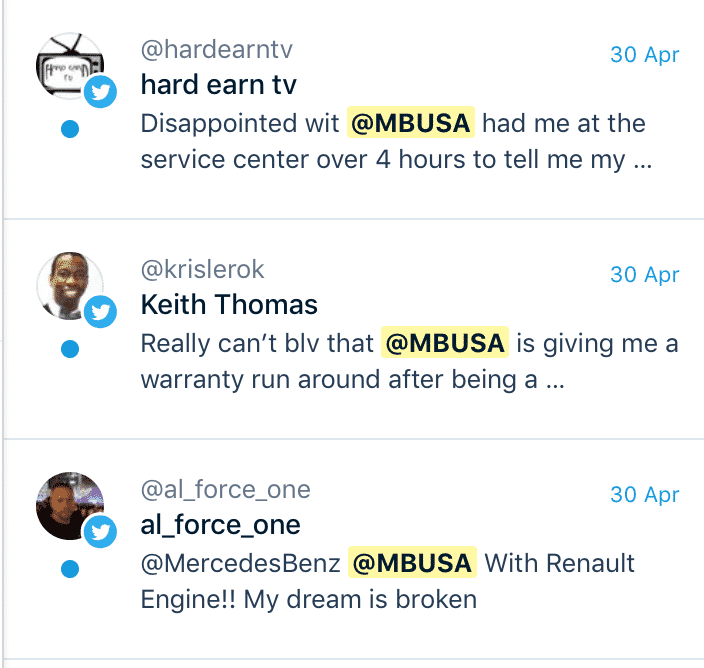Six 2018 B2B Ecommerce Trends You Need to Know
by Ana Gotter • May 5, 2018
It’s no secret that B2B marketing is little different than B2C marketing. You’re addressing an entirely different set of pain points in the majority of cases and people are purchasing solutions for their businesses instead of personal use.
It’s not surprising, therefore, that B2B ecommerce marketing trends may look just a little different from B2C, even if there’s some overlap.
In this post, you’ll learn about the 6 most important B2B ecommerce trends that are changing the game in 2018 and how you can adapt now.
1. More Millenial Buyers
B2B ecommerce buyers are getting younger as more Millennials are working their way up to positions that enable them to become decision-makers for businesses. And, like it or not, Millennial’s relationship with technology means that they’re doing things just a little differently.
https://giphy.com/gifs/wotd-2IF6KmCOJkYaQ
Millenials are happy to keep things more online and more mobile (both of which we’ll look at individually). Relationships matter, but ease of use and intuitive interfaces matter more. They’re also more likely to look up reviews online before purchasing than any other generation, so keep that in mind and make reviews and testimonials online a priority.
A few additional key changes you should make for younger B2B buyers include:
- Making live chat available on your site, as younger generations prefer it to phone calls.
- Having self-service sites where buyers can purchase directly, instead of requiring them to “request more info” and then having someone call them.
- Featuring testimonials on your site, on social media, and on Google if possible.
2. Mobile B2B Ecommerce
Mobile usage has been quickly climbing for awhile now and that’s a trend that will only continue, including in B2B businesses. This is partially thanks to the younger generations becoming B2B decision-makers.
While there’s some sort of urban legend or misconception that leads people to believe that business decisions only happen on laptops, that’s just not true.
According to a recent report from Google itself, 42% of B2B researchers are using mobile devices during the purchasing process, and 49% of the researchers who do so will use the mobile device for research at work. Sure, that’s not the majority of researchers, but do you really want to isolate 42% of potential customers?
https://giphy.com/gifs/reactionseditor-texting-3ohze0jPWQJJ2EEo7K
As a result, it’s important to have an outstanding site that works great on mobile and desktop alike. To do this, make sure that:
- Your site design is fully responsive, scaling well to fit smaller screens and keeping images and videos on the main page only to what’s necessary.
- Choosing B2B ecommerce platforms that are mobile-friendly, like ShopifyPlus for B2B merchants.
- Use clickable CTA buttons, one-click-to-call phone CTA buttons, and drop-down menus for mobile instead of top navigation bars.
3. Social Listening
No matter how well you know your customers, it’s difficult to know exactly how they feel about you as a whole without social listening.
Social listening is the practice of monitoring what people are saying not only to your brand, but about your brand. You can identify unhappy customers online, or find customers who could be potential brand advocates or affiliate partners.
https://giphy.com/gifs/cbs-funny-superior-donuts-l0Iy1brux6wv9udBm
Even more importantly, you may notice that your customers are wanting something different. I once voiced in an online group that I loved my invoicing software, but wish that it had an additional tax feature. A representative of the company happened to see that, and reached out to me to ask more about what I’d want to see on the platform.
After all, if you aren’t able to stay ahead of the game and push out features that your customers want, your competition will.
There are social listening tools that you can use to help with this. These tools will show you everything that people are saying on social media sites. My personal favorite for this is Mention, pictured below. You can search out hashtags, brand names, or even key phrases.

4. The Improvement of On-Site Selling
We’ve briefly discussed this above, but this is a big trend that you need to be staying on top of. Many B2B ecommerce sites historically were used to capture lead information so that a sales representative could reach out to the individual.
Increasing numbers of buyers aren’t interested in that anymore. They’d rather have great customer service instead of sales representatives, and they’d much rather be able to use self-service interfaces that lets them purchase immediately instead of having to wait for someone to call and put them through the selling script.
It’s fine to use a landing page to collect lead information, especially if you’ll use those email addresses to cultivate relationship to drive sales. That’s still an excellent marketing strategy. But buyers should be able to purchase products or services or book appointments directly online with minimal human involvement from your side of things.
5. Multi-Channel Selling
Multi-channel selling is the practice of actively selling across multiple different platforms. It’s why more businesses are relying on social media management tools, so they can sell more effectively on Facebook and Twitter in addition to their main site.
https://giphy.com/gifs/internet-spam-pop-ups-3oEduTZgcym2FUA2ly
Most B2B businesses would do well to find an integration service that allows them to track detailed customer history across multiple platforms and sell more aggressively. It can also help them assess the effectiveness of each selling channel, letting businesses know which platforms they should invest more time and money in.
It can be a bit expensive to get an effective multi-channel B2B ecommerce strategy up and running, but it’s a necessary investment that you need to make as soon as possible. Trust me, the ROI will be worth it.
6. Personalization & Customization
We’re seeing big shifts in all kinds of marketing towards personalization, where users see ad content that was written specifically for them and products created for them. Segmented, highly-targeted marketing is an example of the former, and Coke’s “Share a Coke” campaign is an excellent representation of the latter.
B2B ecommerce personalization will often take the form of customization. Every business, after all, is drastically different. Ultimately, buyers want what they want, and if you don’t fit that mold, they’ll find someone else. They don’t owe you anything and they know that.
https://giphy.com/gifs/real-housewives-of-orange-county-rhoc-lydia-mclaughlin-viZXVSMHXfEiI
Examples of customization you could incorporate include:
- Consulting options buyers can purchase in addition to a product or service
- A live-demo or software set-up, where you show customers how to best use the software for their business
- Different pricing plans, with optional add-on purchases
Final Thoughts
Ten years ago, we’d never have guessed any of these 2018 B2B ecommerce trends, but the ecommerce world and its best practices shift quickly. These 6 trends are all telling not only of what’s important this year, but the general direction the industry will be headed towards moving forward.
Adapt early in order to beat out your competition and avoid losing customers and be ready to stay at the top of your game.
What do you think? Are you already up to date of any of these B2B ecommerce trends? Which do you need to catch up on? Let us know in the comments below!




